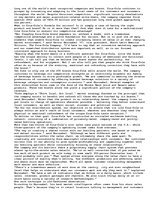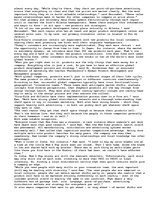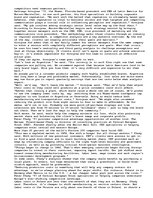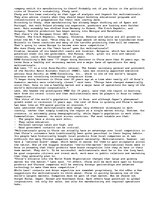-
Analysis of Coca-Cola Inc.
Long one of the world's most recognized companies and brands, Coca-Cola continues to prosper by innovating and adapting to the local needs of its customers and consumers throughout the world. Despite ferocious competition, significant currency devaluations in key markets and major acquisition-related write-downs, the company reported first quarter 2002 sales of US$4.08 billion and has predicted long term growth approaching six percent.
What is Coca-Cola's formula for success? Is it simply a case of having the right product and brand? Or is it more than that? Just what does it take for a multinational like Coca-Cola to sustain its competitive advantage?
"Our flagship Coca-Cola brand empowers us, without a doubt, with a tremendous competitive advantage and a solid foundation for success. But it is just one of many elements that enable Coca-Cola to create increasing levels of value in an ever changing market environment," said Hector Gorosabel '87, vice president, North Latin America Division, The Coca-Cola Company. "I'd have to say that an innovative marketing approach and our unmatched distribution system are important as well, as is our focused, consistent approach to doing business.
"Exactly what the brand means is a difficult question for Coca-Cola, since the brand has the unique ability to connect with people on a variety of emotional and functional levels. I can tell you that we believe the brand stands for authenticity, for refreshment, and for enjoyment. But I can also tell you that people who drink Coca-Cola often do so because of the enduring, emotional and refreshing connection they have with the brand."
…




